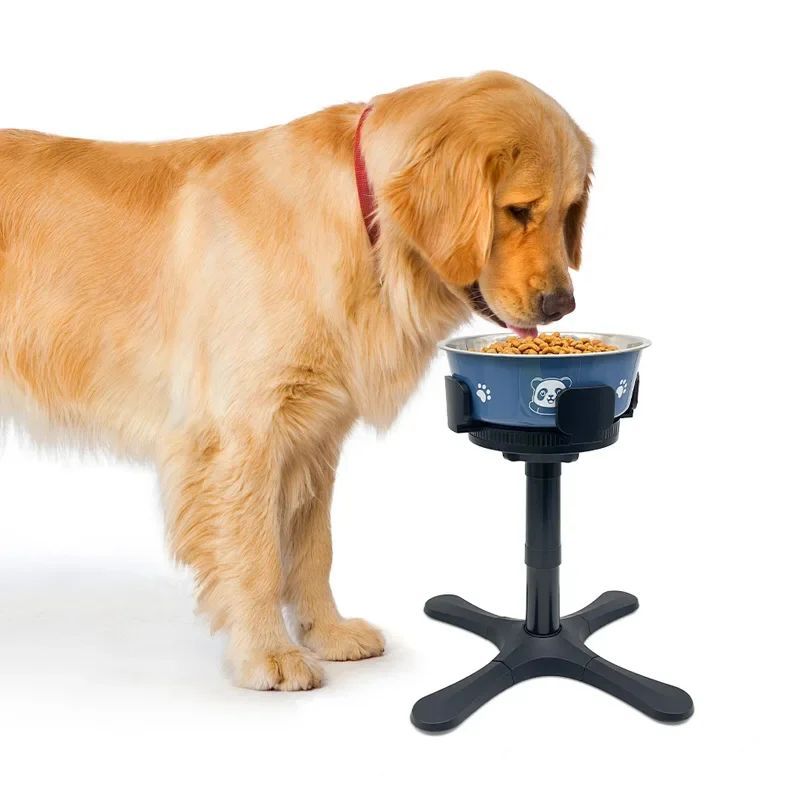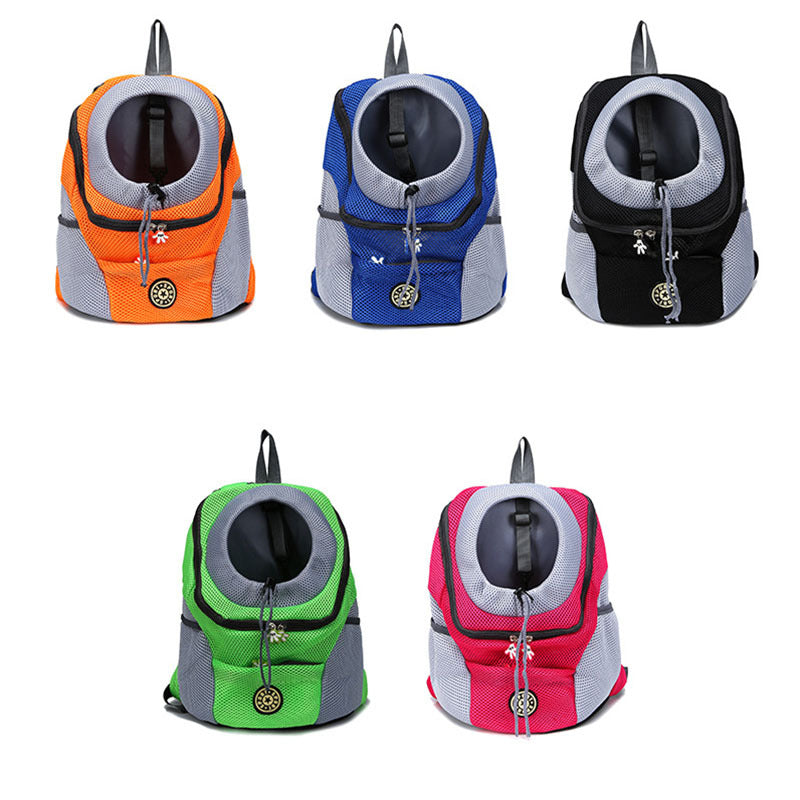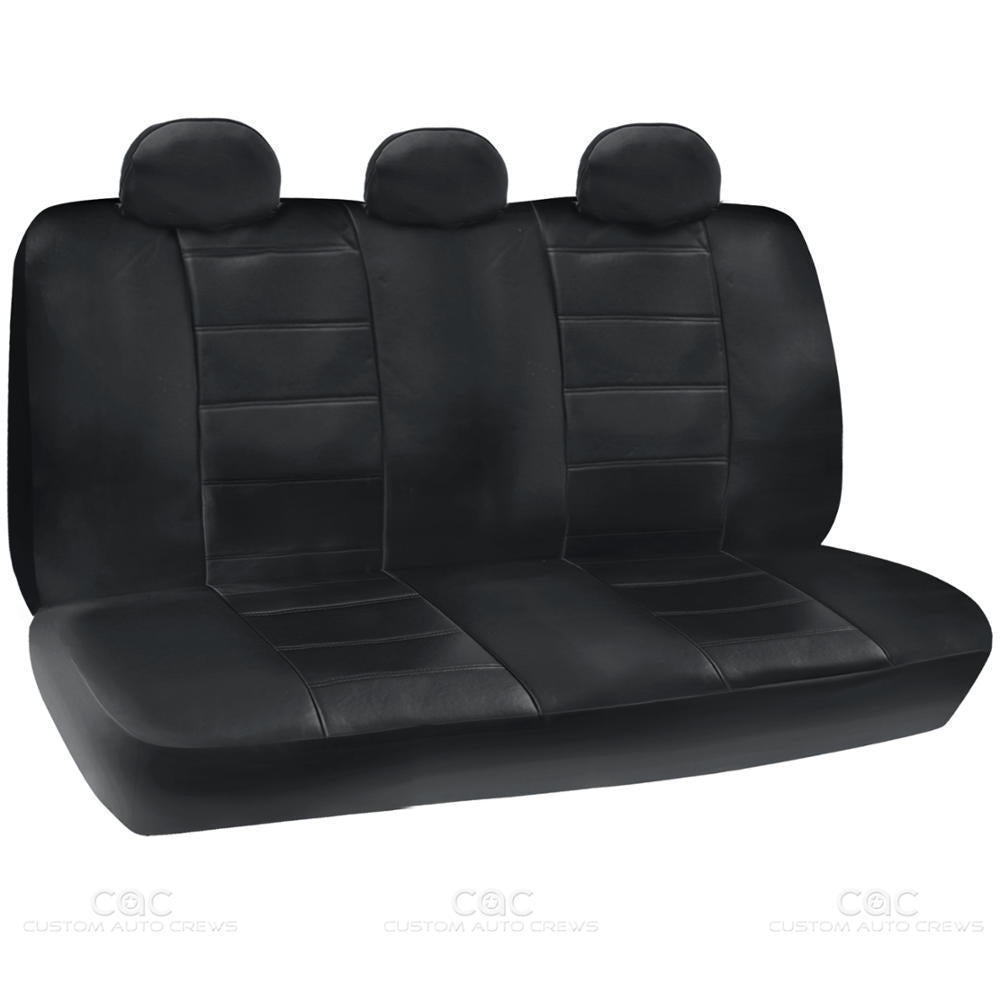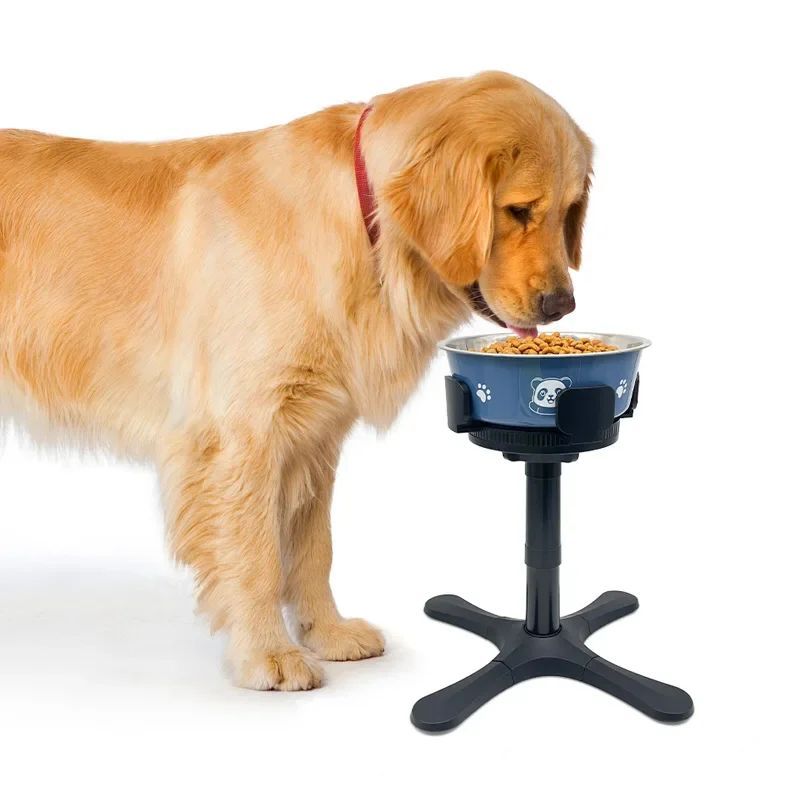Every pet parent wants to provide the best care possible for their furry friend. From choosing the right food to creating a comfortable living space, every detail matters. One often overlooked accessory that can make a surprising difference in your dog’s wellbeing is the food bowl. While traditional bowls placed on the floor have been the standard for years, more dog owners are now discovering the benefits of elevated dog bowls. In this post, we’ll explore why elevated dog bowls are good for your pet’s health, how they can improve your dog’s comfort, and what to consider when choosing the perfect one for your home.
The Growing Popularity of Elevated Dog Bowls
As more people become aware of canine ergonomics and digestion, elevated dog bowls have gained popularity among responsible pet owners. These raised feeding stations position food and water at a more natural height for your dog, allowing them to eat and drink without needing to crouch or strain their neck. They come in various designs, from simple stands to stylish modern sets that complement your home décor.
Beyond aesthetics, elevated bowls are increasingly recommended for older dogs, large breeds, and pets with joint problems. But the truth is, elevated feeding stations can benefit almost any dog, regardless of age or size.
Understanding the Basic Design and Purpose
An elevated dog bowl set typically includes two bowls—one for food and one for water—mounted on a raised platform. The height can range from a few inches for small breeds to more than a foot for larger dogs. This design helps bring the food and water closer to the dog’s mouth level, reducing the need for awkward bending or stretching.
The key idea is to promote better posture and ease of eating. By simply raising the bowls, you help align your dog’s spine and neck more naturally. This alignment is more comfortable and has several health advantages that go beyond convenience.
Easier Digestion and Reduced Risk of Bloating
One of the biggest reasons why elevated dog bowls are good for your pet’s health is that they can aid digestion. When a dog eats from a bowl on the floor, they have to bend down deeply, which can lead to air swallowing and irregular swallowing patterns. This may contribute to issues like bloating, also known as gastric dilatation-volvulus (GDV)—a serious condition, especially in large, deep-chested breeds.
With an elevated dog bowl, your pet’s head and stomach are better aligned. This helps food move more efficiently through the digestive tract. Dogs tend to eat more slowly, chew their food properly, and swallow less air. Over time, this can significantly reduce the risk of gastrointestinal distress, gas, and bloating.
Although elevated bowls don’t eliminate every digestive risk, they create an eating posture that encourages more natural digestion and helps prevent discomfort during and after meals.
Promoting Better Posture and Joint Health
For many dogs—especially seniors or those with arthritis—bending down to eat from the floor can be painful. The repetitive motion of lowering the head and neck strains muscles and joints. For breeds prone to hip or elbow dysplasia, this discomfort can worsen over time.
By raising the bowls to a comfortable height, your dog can maintain a neutral standing position while eating. This reduces unnecessary strain on the neck, shoulders, and spine. Over the long term, elevated dog bowls support better posture and joint health, allowing your pet to enjoy meals without pain or stiffness.
This is particularly beneficial for:
-
Senior dogs with limited mobility or arthritis.
-
Large and giant breeds prone to skeletal issues.
-
Dogs recovering from injury or surgery, where movement needs to be minimized.
An elevated feeding setup can be a small change that delivers big relief.
Cleaner Eating Area and Better Hygiene
If you’ve ever cleaned up after a messy eater, you know that food and water often end up all over the floor. Traditional bowls can easily slide around as your dog eats, scattering kibble and splashing water. Elevated bowls tend to stay in place, reducing spills and keeping your feeding area tidier.
Moreover, elevated dog bowls promote better hygiene. By lifting food and water off the floor, you minimize exposure to dust, dirt, and potential bacteria. This can be particularly important if you live in a multi-pet household or a home with young children, where maintaining cleanliness is essential.
Some elevated designs even come with removable stainless steel bowls that are dishwasher safe—making daily cleaning quick and convenient. Keeping the feeding area clean isn’t just about appearance; it helps prevent contamination and supports your dog’s overall health.
Improved Comfort for Dogs with Medical Conditions
Certain health conditions can make eating from a low bowl challenging or uncomfortable. Dogs recovering from neck or back surgery, for instance, may find it painful to bend forward. Similarly, pets with megaesophagus—a condition where the esophagus muscles weaken—benefit greatly from eating in a more upright position.
For these dogs, elevated dog bowls can make eating and drinking significantly easier. Food passes more smoothly from the mouth to the stomach when gravity assists the process. This minimizes the risk of regurgitation and encourages more complete digestion.
In some cases, veterinarians may recommend a specific height or style of elevated bowl to accommodate a medical condition. If your pet struggles with eating posture or swallowing, consult your vet about whether raised feeding could help.
Supporting Large and Giant Breeds
If you own a large breed dog such as a Great Dane, Labrador, or German Shepherd, you’ve likely noticed how far they have to lean down to reach their food. Over time, this repeated strain can cause discomfort or stiffness, especially in older dogs.
Elevated dog bowls are particularly beneficial for big breeds, as they make mealtime more comfortable and ergonomic. A raised bowl encourages better alignment of the neck, shoulders, and spine, which not only supports good posture but also minimizes long-term wear on joints.
Additionally, because large dogs tend to eat more food at once, an elevated setup can help them consume their meals in a more relaxed and steady manner. This helps prevent overeating and reduces the risk of gulping too quickly, a common cause of digestive upset.
Helping Senior Dogs Enjoy Mealtime Again
As dogs age, their joints, muscles, and bones naturally weaken. Senior dogs often experience arthritis or stiffness that makes everyday activities more difficult—including eating. Reaching down to the floor can cause pain, leading to less enthusiasm for meals.
That’s one of the most practical examples of why elevated dog bowls are good for your pet’s health. When bowls are raised to a comfortable height, older dogs can eat without straining or discomfort. This encourages regular eating habits and ensures they continue to receive proper nutrition.
Many pet owners notice a remarkable difference once they switch to elevated bowls for their senior dogs. Mealtime becomes easier, cleaner, and more enjoyable—contributing to both physical comfort and emotional wellbeing.
Easier Access to Water for Hydration
Hydration is vital for every dog, but not all dogs drink enough water throughout the day. Sometimes, the position of the bowl can discourage drinking, especially if it’s difficult to reach. Elevated water bowls make it easier and more inviting for dogs to take a drink whenever they need it.
By lifting the bowl closer to their mouth level, your dog doesn’t have to bend or stretch awkwardly to reach the water. This can help maintain consistent hydration levels, particularly during warmer months or after exercise. Proper hydration supports healthy digestion, kidney function, and temperature regulation—all crucial aspects of overall health.
Reducing Neck and Spine Strain
Dogs that regularly eat from floor-level bowls must curve their spine downward and stretch their necks to reach their food. While this may not cause immediate harm, over time it can contribute to tension and misalignment—particularly for taller breeds or those prone to spinal issues.
Elevated feeding systems help reduce this unnecessary strain by allowing dogs to maintain a neutral spine posture. This not only enhances comfort but also prevents repetitive stress on muscles and joints. In the long run, it can improve mobility and flexibility, helping your dog stay active and pain-free.
Cleaner Feeding for Long-Eared and Fluffy Dogs
Some dogs—like Cocker Spaniels, Basset Hounds, and Shih Tzus—have long ears or fluffy coats that can easily dip into their food or water. Elevated dog bowls can prevent this by lifting the bowls off the floor, keeping ears and fur cleaner during mealtime.
This not only reduces grooming time but also helps prevent ear infections and skin irritation caused by trapped moisture or leftover food. It’s another simple but effective example of why elevated dog bowls are good for your pet’s health.
The Psychological Benefits of Comfortable Eating
Just like humans, dogs associate mealtime with comfort and routine. When eating is physically difficult or uncomfortable, it can lead to anxiety, frustration, or decreased appetite. Providing a raised feeding area that aligns with your dog’s body can make them feel more relaxed and at ease during meals.
When your pet feels comfortable, they’re more likely to eat at a steady pace and fully enjoy their food. The result? A happier, healthier dog who looks forward to mealtime every day.
Choosing the Right Height for Your Dog
The benefits of elevated dog bowls largely depend on selecting the right height. A bowl that’s too high or too low can cancel out the advantages. As a general rule:
-
The top of the bowl should align roughly with your dog’s lower chest level or the top of their front legs.
-
Small breeds typically need a bowl 4–6 inches high.
-
Medium breeds may benefit from 7–12 inches.
-
Large breeds often require 12–18 inches or more.
Many adjustable models are available, allowing you to customize the height as your dog grows or ages. The ideal height promotes comfort without forcing your pet to reach upward.
Materials and Design Considerations
When shopping for an elevated dog bowl, consider materials that are safe, durable, and easy to clean. Stainless steel bowls are hygienic and resistant to bacteria, while bamboo or wooden stands provide a stylish, eco-friendly aesthetic.
Look for non-slip bases to prevent movement, especially for energetic eaters. Some designs even feature slow-feeder bowls, which can further improve digestion by encouraging your dog to eat at a slower pace.
A well-designed elevated feeder not only supports your dog’s health but also complements your home’s style—proving that practicality and design can coexist beautifully.
Common Myths About Elevated Dog Bowls
Despite their growing popularity, a few myths persist about elevated dog bowls. One common misconception is that they automatically cause bloat. However, studies show that bloat risk depends on multiple factors, including breed, eating speed, and portion size. For many dogs, raised bowls actually help reduce discomfort and gas.
Another myth is that elevated bowls are only for large dogs. In truth, small and medium-sized breeds can benefit too—especially those with neck issues, arthritis, or breathing difficulties. What matters most is choosing the right height and monitoring your dog’s response.
Incorporating Elevated Feeding into a Healthy Routine
Switching to an elevated bowl is a simple yet impactful way to improve your dog’s daily routine. Start by introducing the new feeder gradually—allow your pet to sniff and explore it before their first meal. Observe their posture and comfort level, making adjustments to height if necessary.
Pairing an elevated bowl with healthy feeding habits—like portion control, regular hydration, and slow eating—can significantly enhance your dog’s quality of life. Combine it with a balanced diet, moderate exercise, and routine vet check-ups for the best long-term results.
Eco-Friendly and Modern Options for Conscious Pet Parents
If you’re an environmentally conscious pet owner, you’ll be pleased to know that many elevated dog bowls are now made from sustainable materials such as bamboo, recycled plastic, or stainless steel. Choosing an eco-friendly design not only benefits your dog’s health but also helps reduce your environmental footprint.
These modern designs blend functionality with sustainability—proof that caring for your pet and the planet can go hand in hand.
Final Thoughts: Why Elevated Dog Bowls Are Good for Your Pet’s Health
In the end, why elevated dog bowls are good for your pet’s health comes down to comfort, posture, and overall wellbeing. By simply lifting your dog’s food and water closer to their natural eating position, you can help ease digestion, reduce strain on joints, improve hygiene, and enhance mealtime enjoyment.
Whether your dog is young or old, large or small, an elevated feeding setup can make a noticeable difference in their quality of life. It’s a simple investment with lasting benefits—one that shows how much you care about your dog’s comfort and health every single day.
So the next time you set out your dog’s dinner, consider giving them the gift of elevated dining. It’s more than a stylish accessory—it’s a practical step toward a happier, healthier pet.





